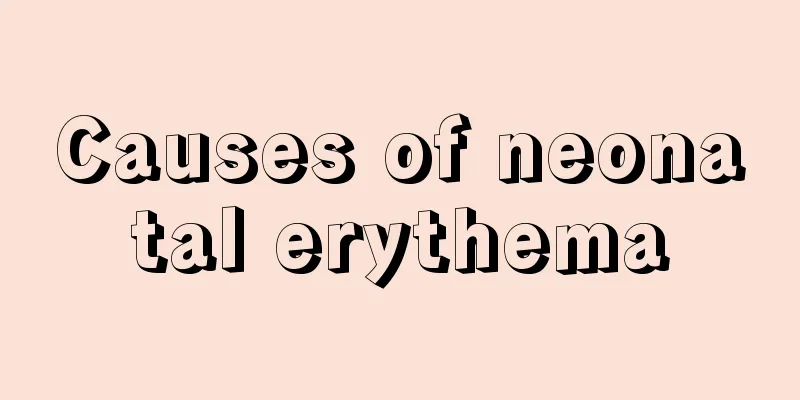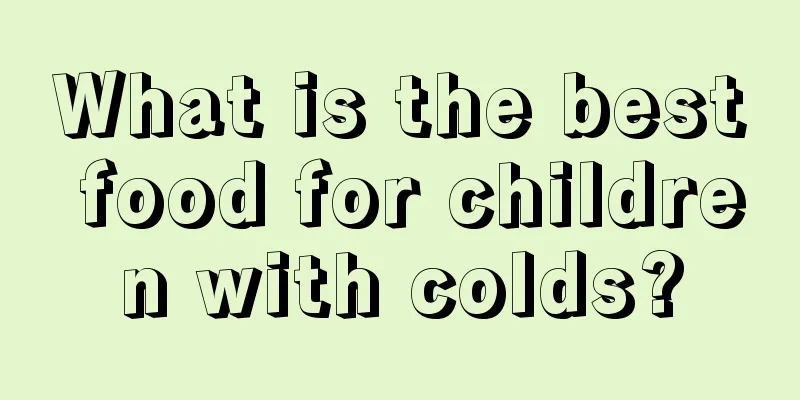What anti-inflammatory drugs are good for children with red testicles?

|
Testicles are important organs in men. The testicles secrete bear hormones, which also have certain benefits for the male body. Many children experience redness of the testicles when there is inflammation in the body. Redness of the testicles in children can seriously affect their urination and cause itching symptoms. So what kind of anti-inflammatory medicine should children take if their testicles are red? Let’s take a look at it together! This situation is mostly caused by hydrocele in children. Guidance: Hydrocele in newborn babies often disappears on its own before the age of two, so there is no need to rush for treatment. If it does not disappear after two years of age, puncture and fluid extraction treatment or surgical treatment can be performed. The size of the testicles on both sides of a normal man is not exactly the same. According to statistics, the right testicle is slightly larger than the left. If the baby's testicles are significantly enlarged, it may be hydrocele of the testicles. Children should be prevented from strenuous exercise, crying, and activities that increase abdominal pressure within two years. With proper conditioning, they will generally gradually return to normal. Otherwise, surgical treatment should be considered after the age of two. Babies have delicate skin. If the feces and urine excreted by the baby are not cleaned up in time, skin redness or diaper rash may occur. It is recommended to wash the baby's butt with warm water every time you change the diaper to avoid urinary tract infection. If there is no improvement or the condition worsens, it is recommended to seek medical attention for diagnosis. A baby may have this problem when he is born. If it is not very serious, it will be slowly absorbed by the body as the baby grows older. Think about whether your baby's condition has improved since birth. Of course, if it is serious, it is recommended to go to a specialized hospital for a check-up. Testicular redness and swelling are often seen in testicular inflammation, testicular tumors, testicular hydrocele, etc. The specific diagnosis needs to be determined based on your clinical manifestations and related examinations. It is recommended that you go to a regular hospital for relevant examinations and symptomatic treatment. Do not take any medicine yourself. It may be inflammation, which is usually treated with sufficient broad-spectrum antibiotics, such as azithromycin. You can also use 1% lidocaine spermatic cord block injection to relieve pain. |
<<: There is a red spot on the baby's head
Recommend
What is the normal height for a 20 month old baby?
All mothers are very attentive during their baby&...
How to carry out rehabilitation training for children
Every parent hopes that their children can grow u...
Why do babies like to rub their eyes?
When our eyes feel uncomfortable, we will rub the...
Is it normal for a newborn to have loose yellow stools?
Basically, the color of everyone's stool is d...
Child convulsing in the middle of the night
If a child has convulsions in the middle of the n...
What medicine should be used for baby's eyelid eczema
For us adults, as long as some diseases can be cu...
Purple birthmark on newborn
Everyone must be familiar with birthmarks. Babies...
Are there any tips for treating mouth ulcers in young children?
Oral ulcers in children's mouths are a relati...
Preventing suppuration of injection wounds
Getting vaccinations is a very good thing for bab...
18 common foods that children should not eat too much no matter how much they like them
Salt Children should not consume more than 5 gram...
Are gloves okay for newborns?
Newborn babies are both cute and delicate. They a...
Treatment for night crying in newborns
The crying of newborns at night often makes our p...
What foods are good for babies' eyes?
Eyes are the most important organs of the human b...
What should I do if my child drools?
In daily life, many children drool. There are man...
Why does my child have a stomachache after eating?
The process of a child's continuous growth is...









